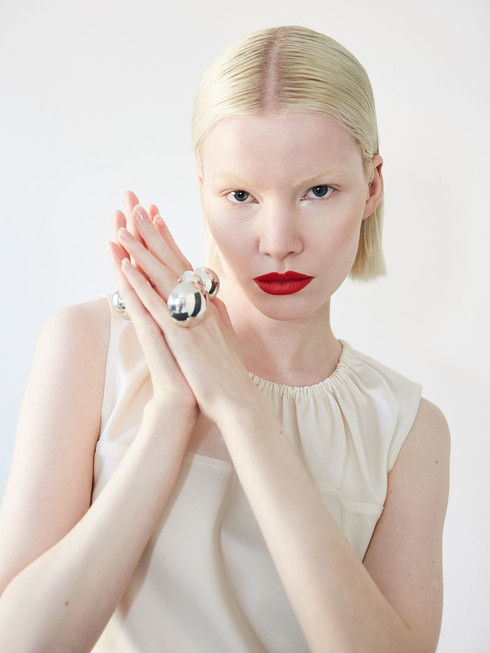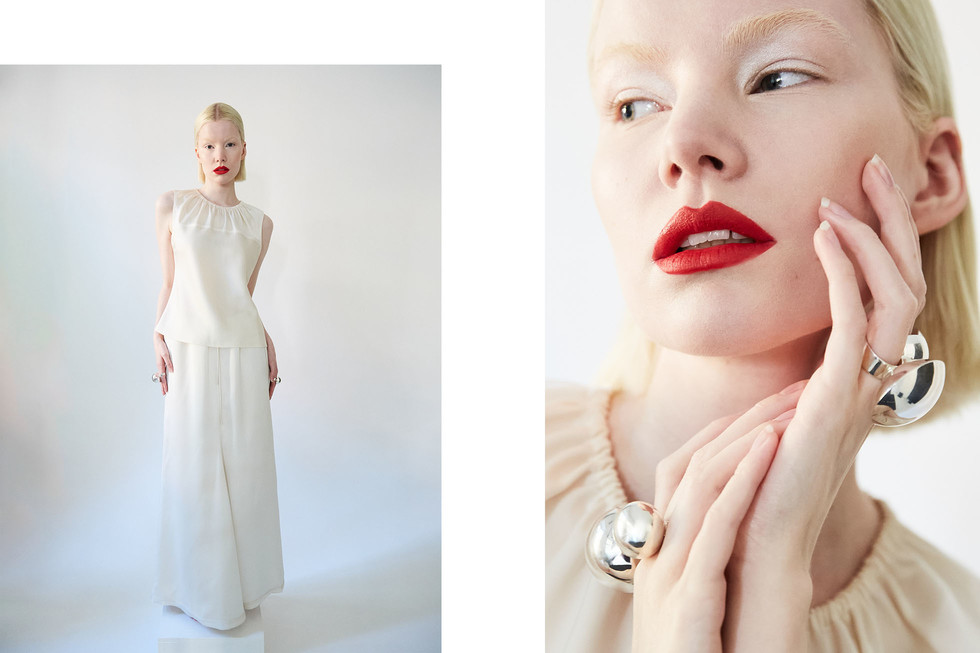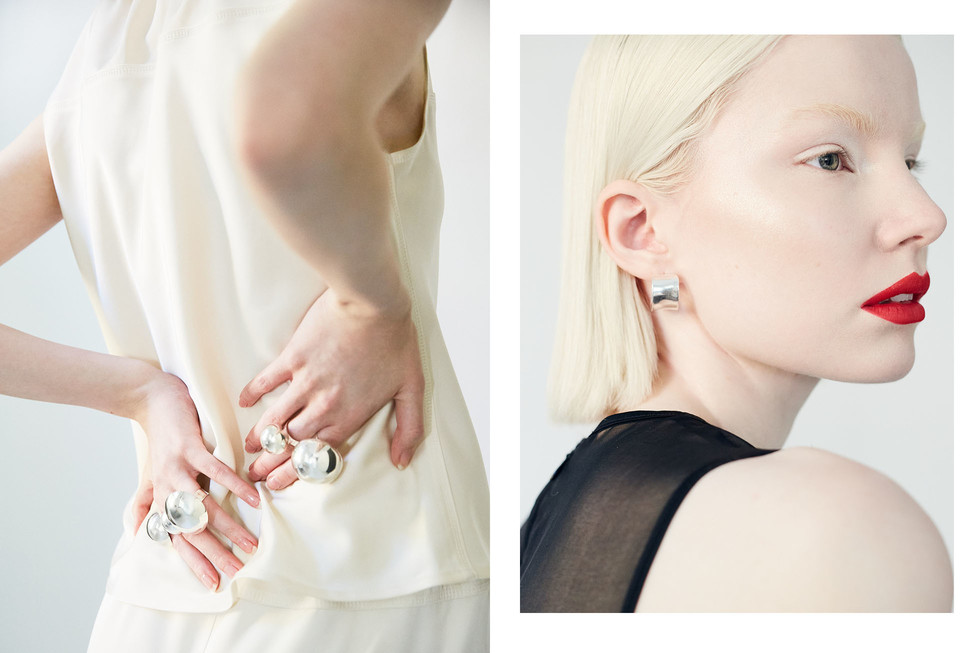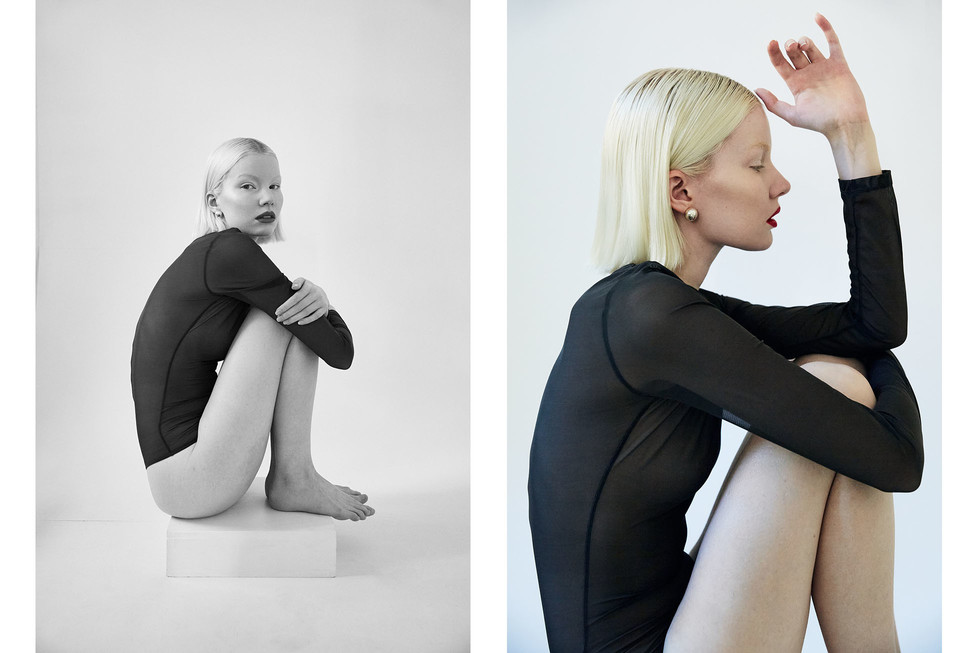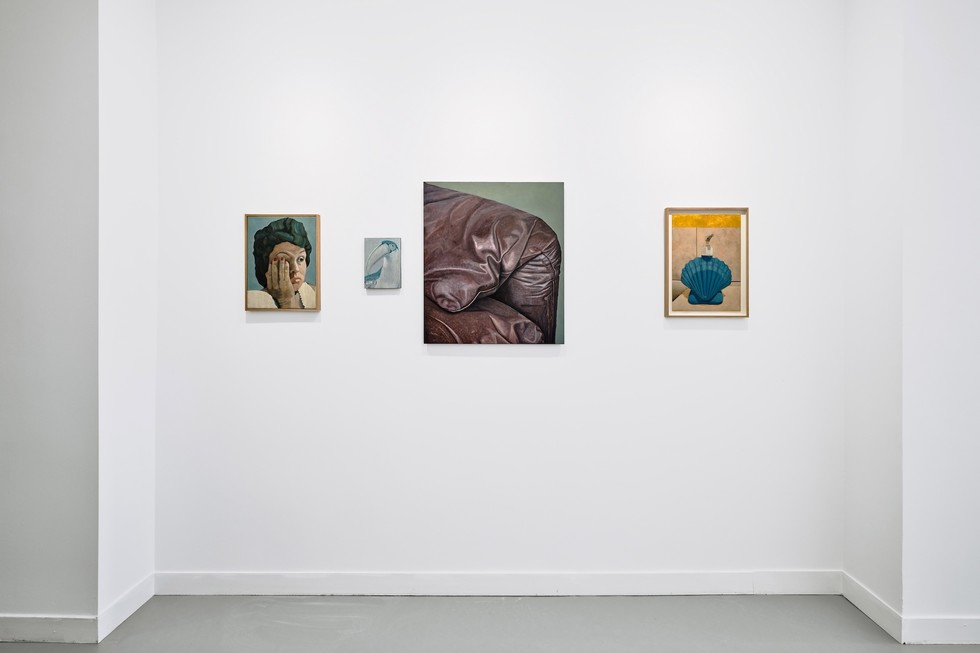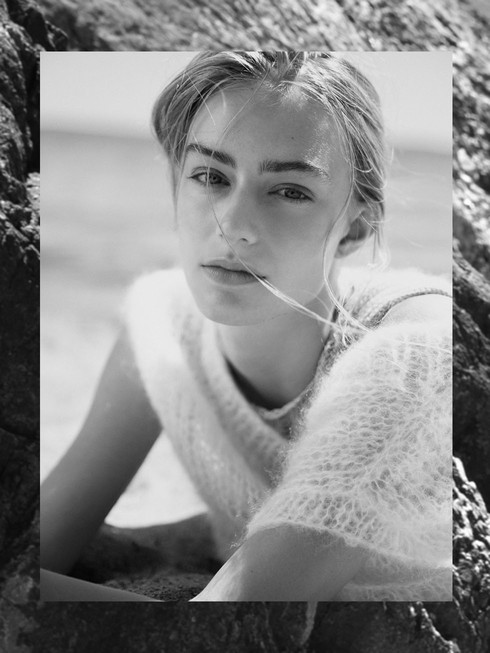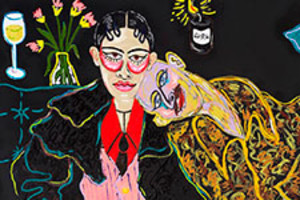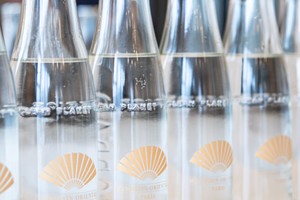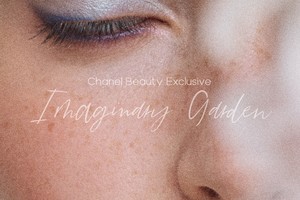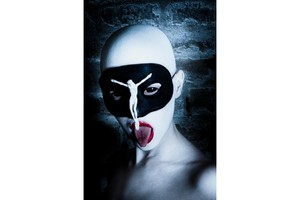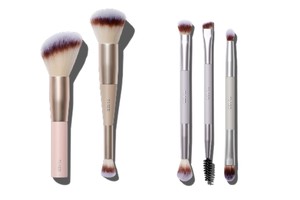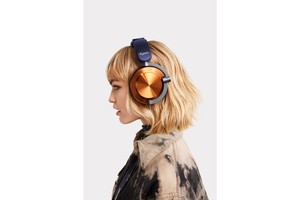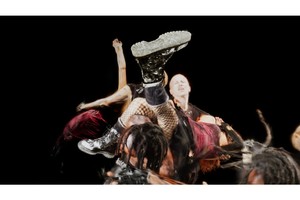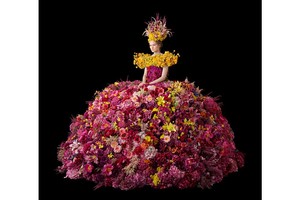The Making of MH 925
Written by Natalia MunteanInfluenced by Scandinavian minimalism and a commitment to minimalist design, MH 925 is an intriguing Swedish jewellery brand, offering handmade pieces from recycled silver. Marie Häger is the visionary behind the brand and her background in advertising and fashion deeply influences her approach, blending Scandinavian minimalism with a dedication to creating lasting, quality jewellery.
Natalia Muntean: What is your earliest memory related to jewellery?
Marie Häger: When I was around eight or ten, my mom and I took a trip to Gran Canaria. During our visit, my mom bought a silver choker that inspired me. It's similar to the one I have in my collection, but not exactly the same. I also remember our travels to my aunt's place in Dalarna, known for its silver mines and independent silversmiths. We visited a lot of these artisans who sold their own creations. I also recall my mom buying long organic-shaped earrings, which I found quite special. These memories are some of the earliest ones that influenced me.
NM: How did your journey with jewellery start and how did your background in advertising and fashion influence your approach to jewellery design?
MH: I grew up in a place where there was a lot of steel extraction happening, with a mum and grandmother who were artistic and painted. Then, I think my experience at Beckmans College of Design, where everything should be very conceptual, with a strong idea you can explain, really influenced me. It shouldn’t be just anything nice, but something with a purpose. I wanted to do something connected, trained in doing ideas. I also had the conceptual idea of how to build a brand since I worked with brands after finishing school.
My advertising background taught me the importance of a brand’s identity, which should be more than just a superficial layer. Brands often struggle to find their DNA, especially when they try to be something they’re not. This is why I found it frustrating to work for companies that didn’t have a clear vision, wasting time on concepts that never materialised.
In 2014, I started taking silversmith courses and envisioned building my brand with a clear identity where the product, branding, and advertising were all interconnected, like a “red thread” that ties everything together, ensuring that the brand remains true to itself.
NM: What would you like your clients to take away from MH 925?
MH: I think it's all that I have spoken about earlier: it's very sustainable since I'm working with recycled silver. Half of my collection is made to order, so I often need to try on the rings to ensure they fit perfectly. This is important to me, but I won't be able to do that when I launch the webshop and receive orders from outside Stockholm. It's important that my products fit perfectly and are not wasteful, considering the environment. Everything is connected from beginning to end, and it's a slow process. I don't follow trends; I create when I want to. However, I realise I need a bigger collection to expand and sustain this business. I want to expand with meaningful designs that reflect my ideas.
NM: Where do you get your ideas from?
MH: There are some artists that I get inspired by, like geometrical artists. Artists that are doing something very special with environmental architecture, like Tadao Ando for instance, in Japan, he makes beautiful buildings. So it's a lot of the shapes that I'm inspired by. For example, I created my first ring as an experiment about seven years ago, inspired by the ellipse shape, which I found to fit well on the finger. My hemisphere ring, also a product of experimentation, was challenging due to the technique required to shape it. I used to hit a flat round silver plate into a half-circle mould to achieve the final form.
Initially, I made all my pieces myself, but as the process is time-consuming, I now collaborate with a skilled silversmith in Sweden who enhances and perfects the designs. He uses 3D technique moulding for the spheres, ensuring high precision. The ring rails and spheres are still assembled by hand. The cuffs and bracelet are made by hand.
NM: What are the challenges and the rewards of maintaining a slow and non-seasonal production cycle?
MH: The challenge is that it takes time when I do everything myself. And I'm very eager. Like finding time for everything and also continuing to be a perfectionist. So the challenge is that I have to wait a lot. I would like to get some feedback to prove that what I do is interesting, although I get that from friends and people in the industry. It would be nice to get more orders as confirmation that I've made something people want because it takes time.
NM: Are you focusing on Sweden mostly now? Or do you want to go abroad?
MH: I need to go abroad because it's impossible to maintain the premium level in Sweden. When it's handmade, it also costs. I am against fast fashion. So when you buy it, I want you to feel like it's an investment that can last your whole life and be passed down to your child. I believe my designs are timeless; so, to answer your question, I aim to find stores in New York, Milan, Paris—the fashion capitals.
NM: You are not focusing on trends and working slowly to build this brand. But do you have moments when you're unsure of this path?
MH: Very much. If I'm honest, I started going to a coach, which helped me because when I started the brand in 2021, I didn't have the confidence. It's so much work, and you have to believe in yourself. It doesn't help that others say, “Oh, I love the rings,” if you don't have the confidence. I was a bit unsure. It's a lot of money that goes into investment before you get returns. It's a lot of time. But then I realised in November, that I would regret not continuing, so I decided to do it 100%.
After seeing the coach, I felt there was no failure, just the need to keep going. If I feel like something will never work, I push that feeling away and move on. Everything has been much easier since then. It's a psychological mindset.
NM: Is there a moment related to your jewellery that your clients have shared with you?
MH: I get really happy if I get a text from people wearing my jewellery, saying they love it. And I have some older clients who send me texts, maybe two years after buying a ring, saying they still love it and feel happy they bought it. So that's very nice.
NM: Is there a piece in your collection that has the most personal or more personal significance to you?
MH: Yes, it's a simple ring that I made for the first time, which I really like and wear every day. Also, there's the hemisphere ring, the largest one, which I find quite different, It’s a statement piece, you won’t be unnoticed if you wear it.
NM: Do you have male customers as well?
MH: I have some now, but I would like to expand. Arc ring many men buy. I've also done a new piece called Parachute ring which I think many men would like. It was a deliberate choice. I have quite feminine pieces, but the whole language is very unisex and minimalistic.
NM: Can you tell me a bit more about your creative process?
MH: It has changed quite a lot. From the beginning, I experimented with silver at a silversmith’s studio and was really influenced by the '60s and '70s silversmiths like Karl Gustav Hansen, Torun Bülow-Hübe and Georg Jensen. I still look a lot at their creations for inspiration. Now, I don't go into the silversmith anymore because it would take me a while to create the pieces. With my two latest drops, I didn't make them myself from the beginning. I drew them for production, and they made them. For the images, I collaborate with my partner and photographer Rickard Sund, who is a big part of the brand.
NM: What do you prefer? Being in the workshop at the silversmith or outsourcing?
MH: Outsourcing it, definitely. If I did it myself, it would be more of a hobby and I feel I would never be able to sell anything because it would take me so long. I also want everything to be exactly the same, which is a challenge if I would make them myself.
NM: How did you pick the name?
MH: I was influenced by Comme Des Garcons and Maison Margiela, where it’s quite anonymous and you can’t quite figure out what it is. So I used my initials and the 925 hallmark for silver. I'm an Art Director and graphic designer, and I like these numbers and the stamp from the metal. I love silver, so it was more of a statement that I would only work with silver. Now people ask if they could get some pieces in gold and I am thinking about it.
NM: How would you describe your brand? Did you have a particular person in mind when you first started creating?
MH: It's well-suited for the creative industry. The design is simple, unisex, but with a feminine touch. It’s for a woman who values quality over quantity, has an eye for detail, loves accessories, and pairs them with classic, chic clothing.
NM: What is next for MH 925?
MH: I’m launching my webshop in August, also with new campaign images. Which is a big milestone. Looking ahead, in one to two years, my goal is to have retailers in five or six countries. It would be a dream come true to achieve that. In addition to that, I plan to expand the collection with two or three more pieces, possibly as soon as next year. I have a lot of ideas, which is good. It feels very creative, which is good. I had a period of creative stagnation, but the ideas are flowing easily again, and it's exciting. The plan is to grow and hopefully, people will continue to appreciate the brand and jewellery.

